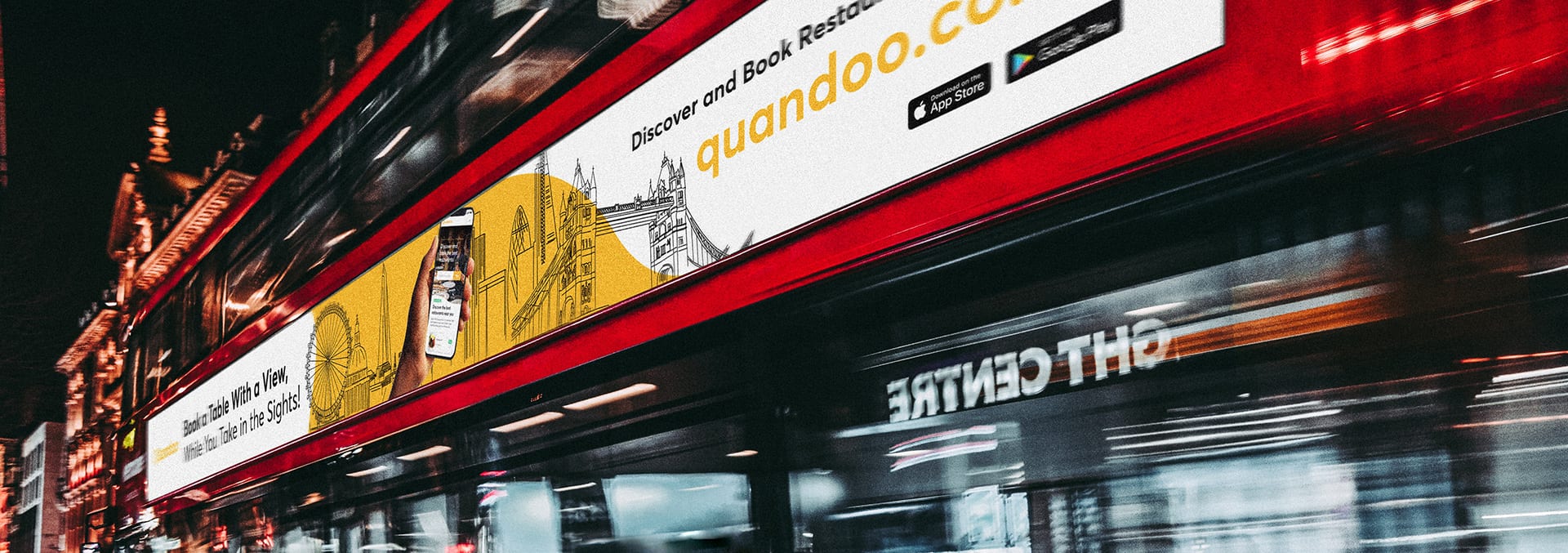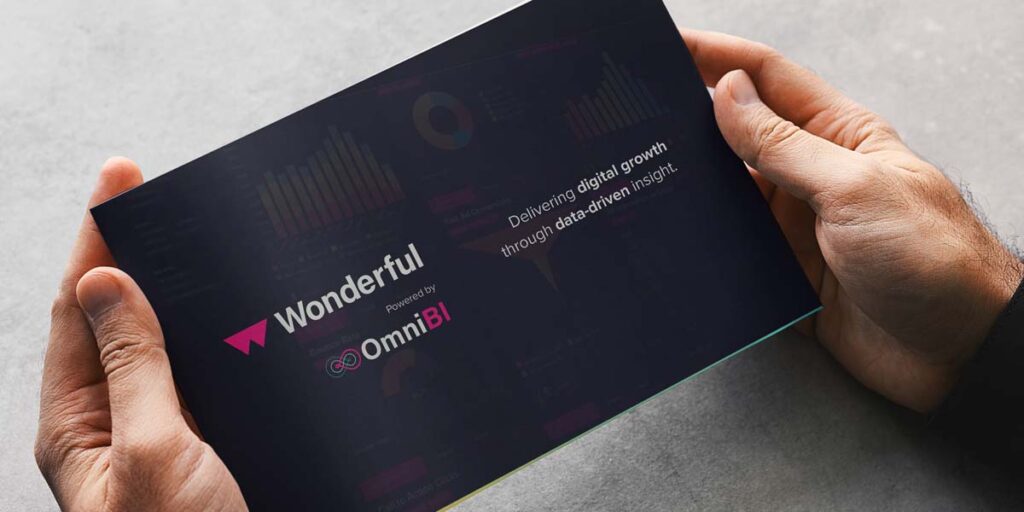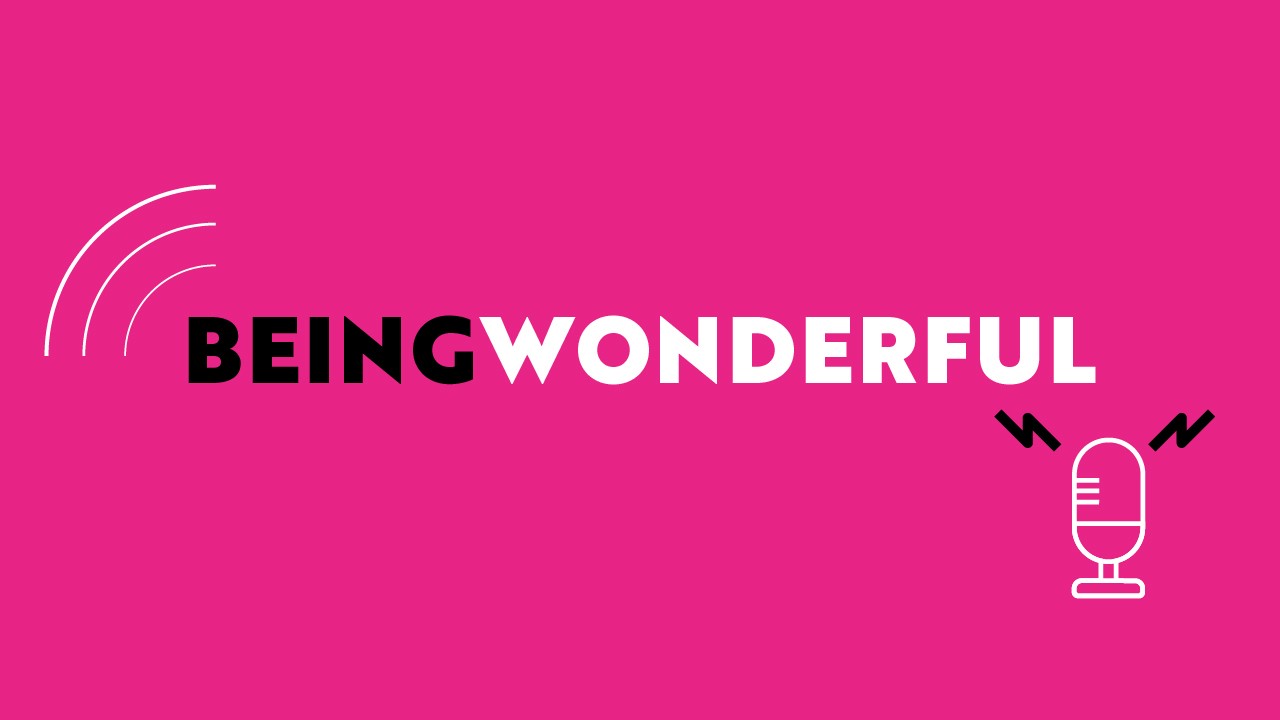
Thanks to the integration of rapid technology transformation and creative innovation, many brands and businesses are more able to move away from the traditional way of thinking when it comes to consumer engagement and customer experiences. As customer habits and digital spaces develop, creative businesses have the opportunity to push boundaries to create experiences that truly deliver value for the customer over and beyond a traditional transactional interaction.
Out of Home Advertising
Out of Home (OOH) advertising is designed to stop people in their tracks with big, bold, and powerful creative. With consumers often bombarded with messages, however, it can be difficult to cut through the noise and truly grab attention – and with the uptake in digital communication (as well as disruption to consumer behaviour due to global events), OOH advertising has become increasingly left by the wayside within marketing strategies.
Consequently, more brands are incorporating experiential strategies into OOH advertising, combining immersive elements with clever marketing to generate engagement and create memorable experiences.
Recent examples include Bombay Sapphire, who in 2021 took over three window displays in New York’s Soho district, using them to showcase holiday-inspired fashion, art, and live dance performances. Each window included a QR code that enabled passers-by to redeem a tied-in reward, ensuring that those who engaged with the billboard received an experience that they would remember.
Engaging technology like 3D billboards, virtual reality, and other enhanced visual tools can enable brands to drive curiosity, transforming otherwise passive or humdrum everyday experiences into something more memorable – and by combining them with further engagement options that reward customers for their participation, drive long-term customer acquisition.
In-Person Experiences
Despite a short period in which businesses had to rely on digital device-first marketing strategies, consumers remain eager for in-person experiences – and these can be amongst the most engaging methods of consumer communication. While experiential and events activity is typically about brand perception and recall, brands are also generating direct revenue from paid-for experiences.
One example of this approach is Hasbro’s ‘Monopoly Lifesized’ – an immersive live-action experience that combines elements of the Monopoly board game with escape rooms and challenges. As well as the live-action experience, the 22,000 square foot space also includes a retail outlet and Monopoly-themed bar and restaurant called Top Hat – allowing the experience to appeal to a variety of customer groups within Hasbro’s target markets.
Research also suggests that ticketed, paid-for events can have a positive effect on consumer’s perception and engagement. A study undertaken by creative agency Imagination found that paid-for experiences achieved double the rate of brand and product mentions compared with free experiences. What’s more, the study also found that 17% of conversations around paid-for experiences were recommendations compared with just 1% for a free experience.
Games Drive Engagement
Introducing game mechanics into the marketing mix can be a successful method of initiating a reward-based experience with consumers, tapping into motivations around play, whilst also providing players with a reward without trivialising their efforts.
In a YouGov survey of 5,000 consumers across the UK, US, Netherlands, Scandinavia and Finland commissioned by Leadfamly, four out of 10 consumers (41%) said they were open to sharing data and preferences through gamification (for example through a quiz) if it meant they got better offers from a brand in the future. In the same research, consumers also admitted that they were more willing to share when there was a reward for doing so.
As well as enabling greater data collection and communication, there are other benefits that can be gained by using gamification as a marketing strategy. When engaging with a game experience, the consumer enters an alert state of mind and becomes more open to marketing messages. 56% are even more likely to click on a gamified ad in comparison to a normal advert.
Taking Engagement Strategies Forward
The best customer engagement strategies do not stop just because a conversion has been completed, or a customer has been engaged once. Developing customer loyalty can turn your users into organic brand advocates, whilst also encouraging them to return to your business in the future.
This wouldn’t be a Wonderful article if we didn’t highlight the absolutely fundamental need to measure and improve on any customer interaction or engagement activity. Whether using an in-built analytics dashboard, or OmniBI, you can see which organic content is performing best and why, enabling you to optimise your communication cadence, media mix and messages, and CTAs to drive optimal performance.

Latest posts

5 reasons why we still need Wonder in an AI driven world
As an agency, we are grappling with the role and application of AI within our daily business activities, our client offering, and our future growth

The Power of Purpose and Impact on Business Growth
In a marketplace increasingly driven by values and social consciousness, the role of purpose and impact in business growth has never been more critical.

Three key benefits of integrating a sense of Wonder within your brand & marketing strategies
We love creating Wonder. It’s our passion and forms our client mission. However, in an age where your customers and clients are bombarded with constant information and countless choices, capturing attention and building lasting connections has become increasingly challenging. We all have to work harder to capture people’s attention.